How to Tell Negative and Positive Wire (2-Method Guide)
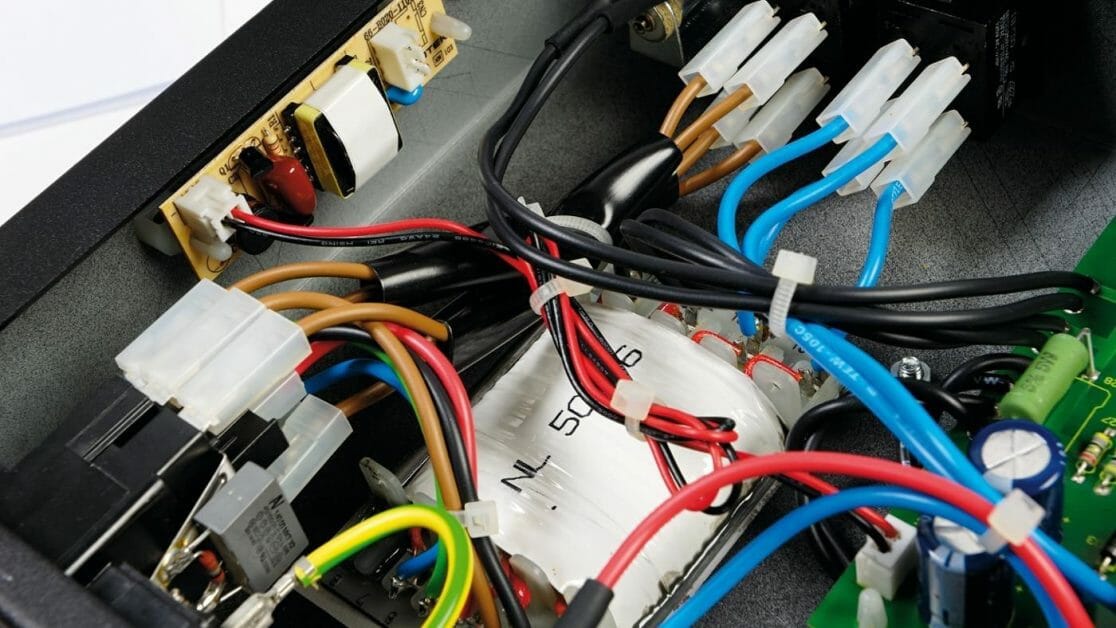
In real life, not all wires are labeled/colored conventionally as red (positive wires) or black (negative wires). You, therefore, need to know other ways to identify the polarity of wires.
Can two wires of similar color be used as positive and negative wires? Yes, that is a possibility. Some firms or individuals can decide to use the same color of wires for the positive and negative connections. In such a situation it will be tricky to tell the wires apart.
I have used several wires of varying colors, and sometimes even the same color for the positive and negative wires. I do that because I can tell them apart without fuss, judging from my years of experience in electricity.
In this guide, I am going to show you how to identify the positive and negative wires from any kind of connection.
Conventionally, positive wires are labeled red while negative wires are black. However, ribbed wires, silver strand wires, or even red colors can also be used for the negative wires. In a lighting fixture, the black wire is the positive wire while the white is the negative wire. The copper wires are the positive ones on a speaker. Note that the appliance plugs have hot and neutral sites – these are the positive and negative sides and not actual wires. Sometimes the positive and negative wires are labeled as either “+” or “–“and you can easily identify them.
Method 1: How to Identify the Positive and Negative Wires in Common Situations
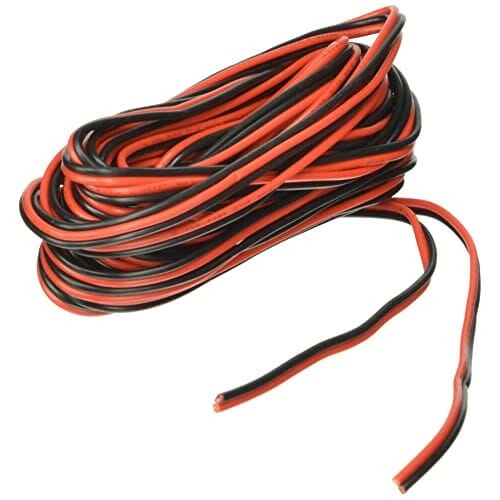
Let’s learn how you can identify the wires carrying voltage from the ground – I am talking about the negative wires in common scenarios. You should avoid touching naked wires with bare hands. Arm yourself with a working tester – some testers are deceptive so make sure you have tested them for wires carrying charges.
Appliance Plugs
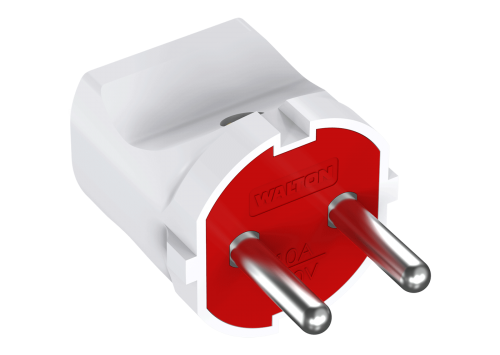
In appliance plugs, there are no positive and negative wires or sides. Plugs have the Hot and Neutral sites in place of positive and negative wires or sides.
Extension Cords and Copper
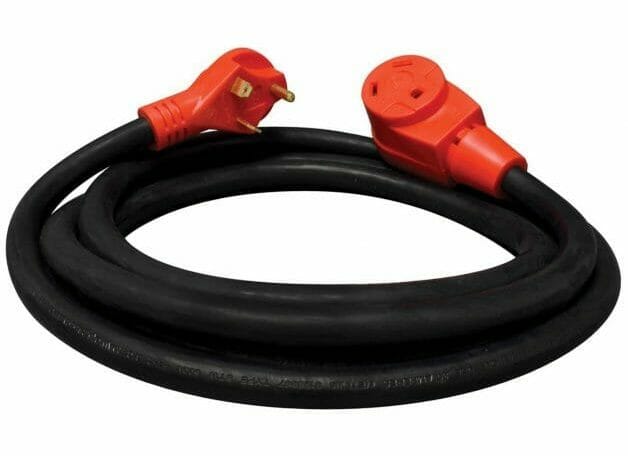
On your extension cord, identify the ribbed wires – they are usually negative. If your wires have the same colors, typically copper, the negative wire is the element with a grooved texture. Trace the length of the wire with your hands to feel the ribbed sections, that will be a negative wire.
Lighting Fixture
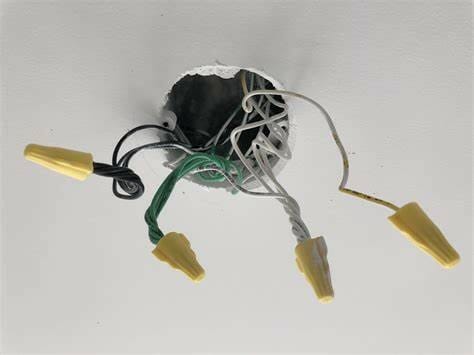
To identify the nature of wires in a lighting fixture, understand that there will be three wires – positive, negative, and ground wires. The black wire is positive, the white wire will be the negative one, and the green one is the ground wire. So when you want to hang your chandelier light, take note of this wiring system while proceeding with caution. You may switch off the breakers or the main switch. (1)
However, copper wires may be used for the ground.
Speaker and Amp Wires
Usually, copper wires are the positive ones in speaker or amplifier wires. The negative wires are the silver strands.
Check with your Guiding Manual
You can use your manual to determine the nature of your wires. Different types of vehicles have different wire-coding, so be sure to fetch the right manual.
Method 2: Use a Multimeter for Positive and Negative Wire Identification
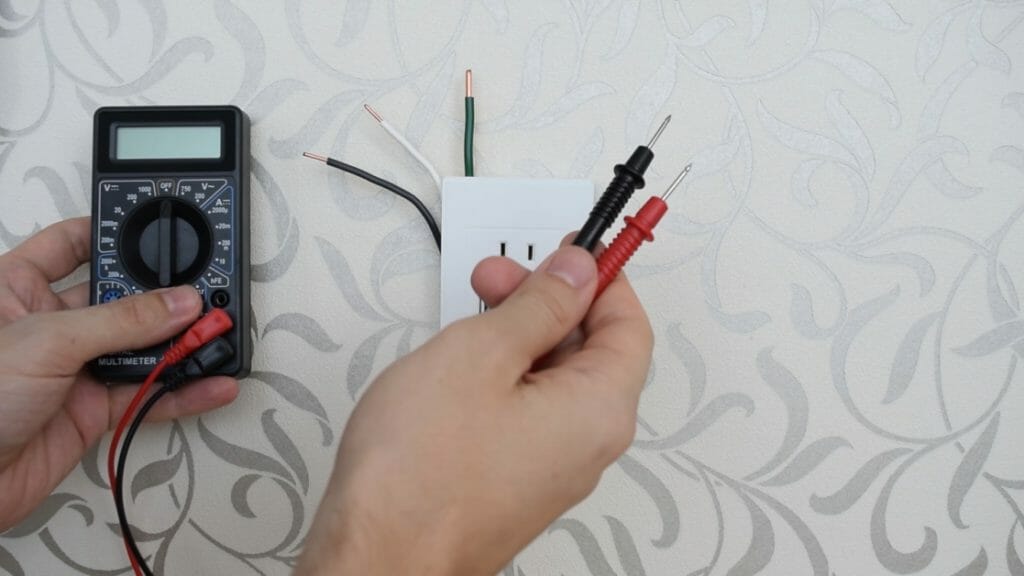
Use a digital multimeter to test wire polarities, analog multimeters are easily damaged when the probe’s connection is wrong.
Set your multimeter to current-voltage – rotate the selection dial knob to point on the part with a “V” next to it. Connect the black probe to the port with a COM label and then plug the red probe into the port labeled “V”. Finally, ping the probes together to regulate the multimeter, it must beep (the multimeter) if it is working. Proceed as follows to test wire polarity:
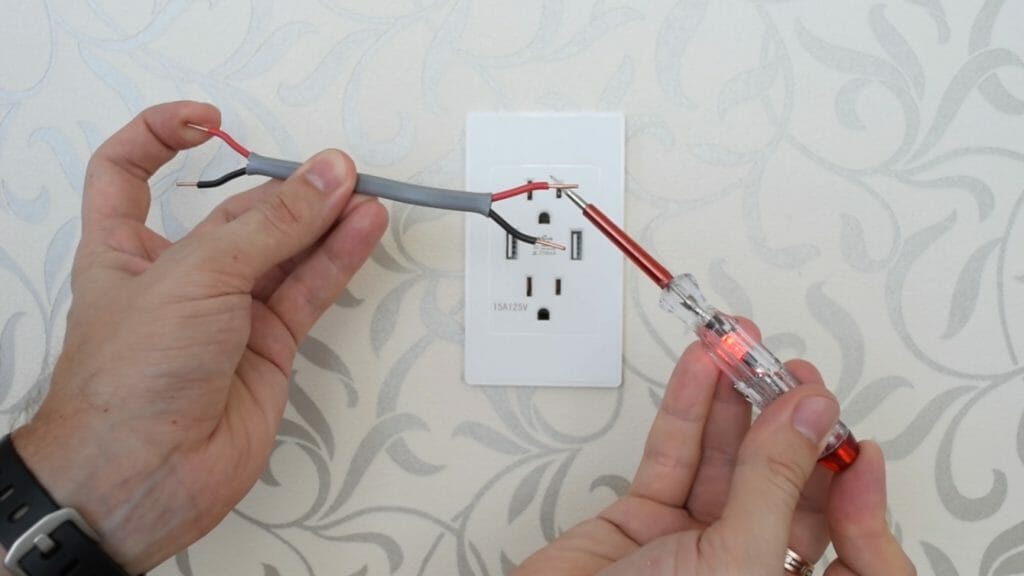
- Connect one probe lead to one wire, and then the other probe to the other end of another wire. You may use alligator clips on the leads.
- Check the multimeter voltage reading. If the value is positive, the wire attached to the red probe lead is positive. You will get a reading of about 9.2V. In that case, the wire connected to the black lead is the negative one.
- If the reading is negative, your wires are reversed – the wire on the red lead is negative while that on the black lead is positive, swap the probe leads. (2)
- If the negative voltage value persists, then your multimeter is faulty. Change it.
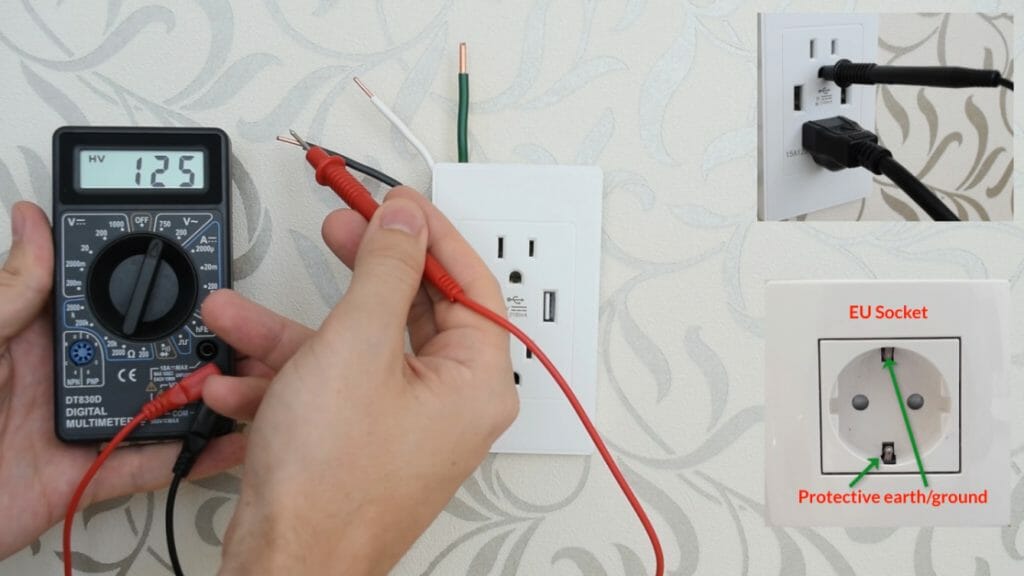
Take a look at some of our related articles below.
- How to identify neutral wire with multimeter
- What does negative voltage mean on a multimeter
- How to test a car ground wire with a multimeter
References
(1) chandelier light – https://www.architecturaldigest.com/gallery/most-expensive-antique-chandeliers-at-auction-slideshow
(2) lead – https://www.rsc.org/periodic-table/element/82/lead
Video Reference

Thank you for sharing your knowledge here. It made the difference in whether I was to have heat tonight or not. I can’t thank you enough.